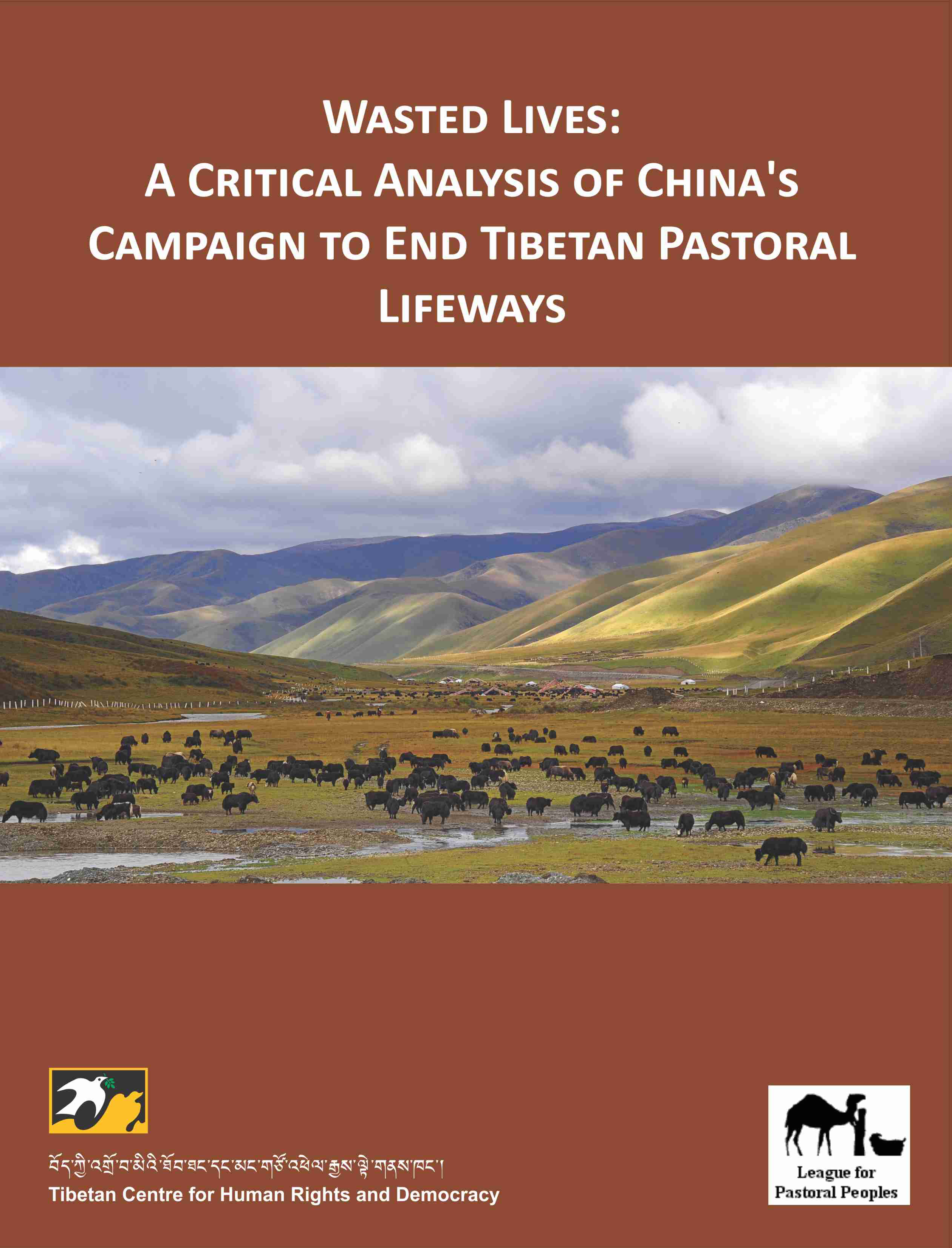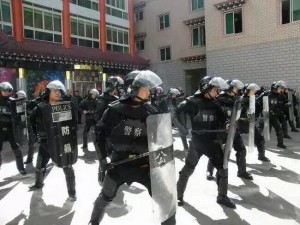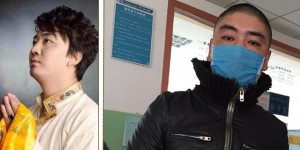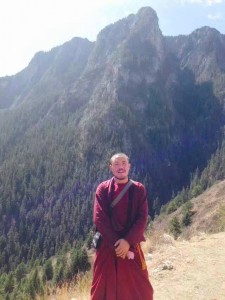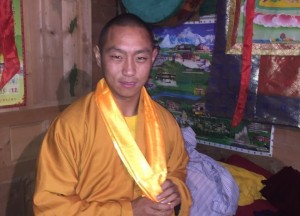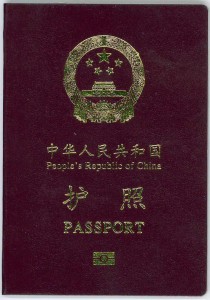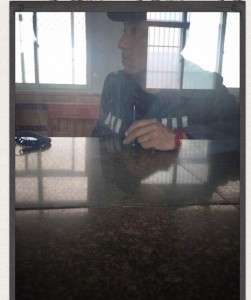Is there anything new that can be said about the disappearing nomads of Tibet? For years they have been removed from the plateau pastures that purify the great rivers of Asia, to be rehoused in concrete barracks, without their animals or livelihood. This is usually reported as coercion by a state determined to end nomadism. That has become a standard narrative. The alternative narrative, generated by China’s official media, is that the nomads are all voluntary ‘ecological migrants’ giving up their lands for the greater good of the planet, to allow degrading lands to become a wilderness of pristine grassland, to better protect those rivers watering almost all of Asia.
‘Wasted Lives: China’s Campaign to End Tibetan Nomadic Lifeways’ cuts through these stereotypes and extremes, with a wealth of new evidence. This co-publication by Tibetan Centre for Human Rights & Democracy (TCHRD) and League for Pastoral Peoples (LPP) takes the reader onto the pasture, to hear Tibetan voices. That is what has been strikingly missing till date.

